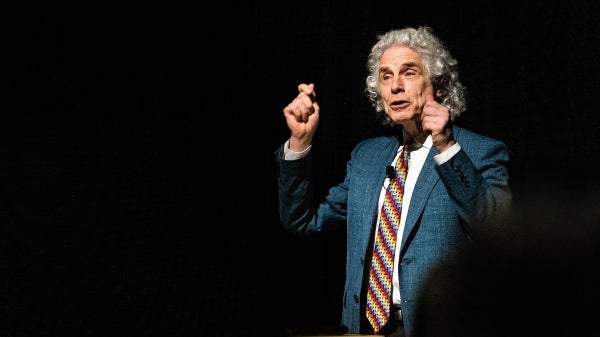ASU faculty receives DOE grant for research on water-splitting as renewable energy source

Arunima Singh
Solar, wind and hydropower are among the most common sources of renewable energy, which can be replenished at higher rates and create lower emissions than fossil fuels.
A unique method of generating energy is through photocatalytic water-splitting, a chemical reaction in which sunlight is used to break water down into hydrogen and oxygen.
Arunima Singh, an assistant professor in the Department of Physics at Arizona State University, received an Early Career Research Program grant from the United States Department of Energy to aid her research on efficient ways to conduct the water-splitting process.
Converting water into hydrogen and oxygen gas is a non-spontaneous process, and a catalyst is needed to enable the conversion. Singh plans to employ quantum mechanical simulations and physics-based machine learning models for the data-driven discovery of water-splitting photocatalytic heterostructures.
Her study will consider thousands of heterostructures of catalytic two-dimensional materials and record-breaking sunlight absorber bulk materials, such as silicon, gallium arsenide or cadmium telluride.
She uses supercomputers to run first-principles quantum mechanical simulations to investigate the interaction between 2D materials and bulk materials.
This provides many advantages over conducting lab experiments. However, the most important advantage is time.
Testing the suitability of one heterostructure for photocatalysis would take a year or more in a lab. With computer simulations, the properties of one heterostructure can be predicted within 24–48 hours.
“Dr. Singh excels in the discovery and design of materials for energy conversion and nanoelectronics applications, and is making transformative advances in several areas. Her research methods draw concepts from quantum physics, data science and machine learning, and develop novel approaches, algorithms and software tools that enable long-term and impactful expansion of science and technology boundaries,” said Patricia Rankin, chair of the Department of Physics at ASU.
The grant from the Department of Energy will keep Singh’s research going for at least the next five years as they continue to test over 50,000 heterostructures.
“We are grateful to the DOE for this funding. There’s a lot of scientific questions we can answer, a lot of progress to be made,” she said. “Without it, we wouldn’t have the funding for the talented graduate and postdoc students who move this work forward.”
More Science and technology
ASU Interplanetary Lab celebrates 5 years of success
Five years ago, an Arizona State University student came up with the idea of creating a special satellite in what was then the…

ASU secures NSF grant to advance data science literacy as demand soars
In an era where data permeates every facet of our lives, the importance of data literacy cannot be overstated. Recognizing this…

Popular science author Steven Pinker explores rationale behind irrational thinking at ASU event
Popular science author Steven Pinker returned to Arizona State University’s Tempe campus on Feb. 7 for a rational talk about…